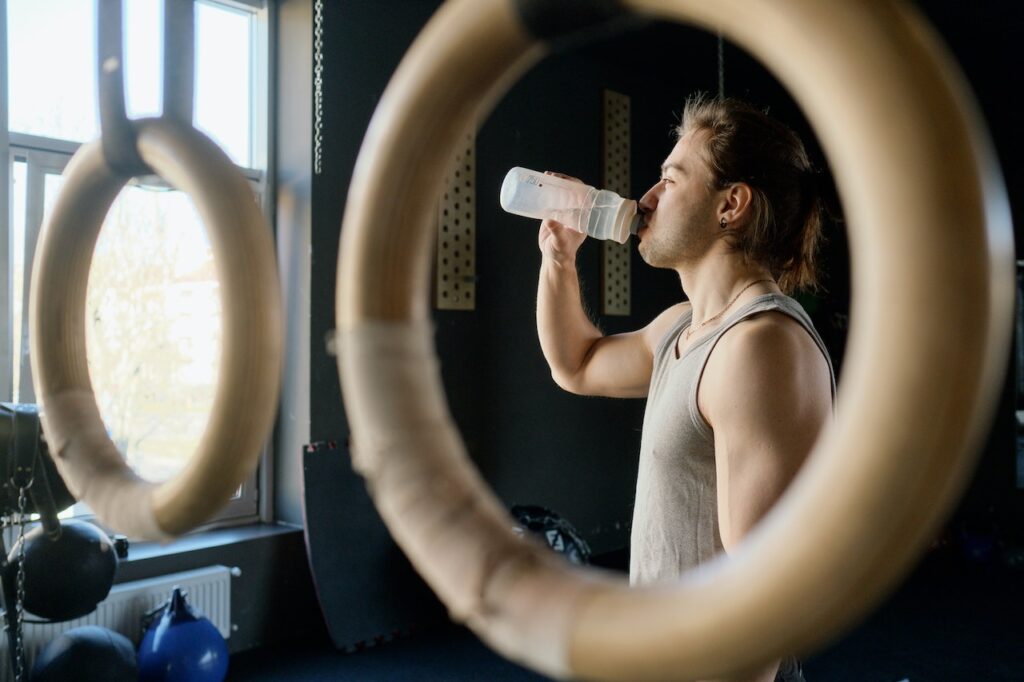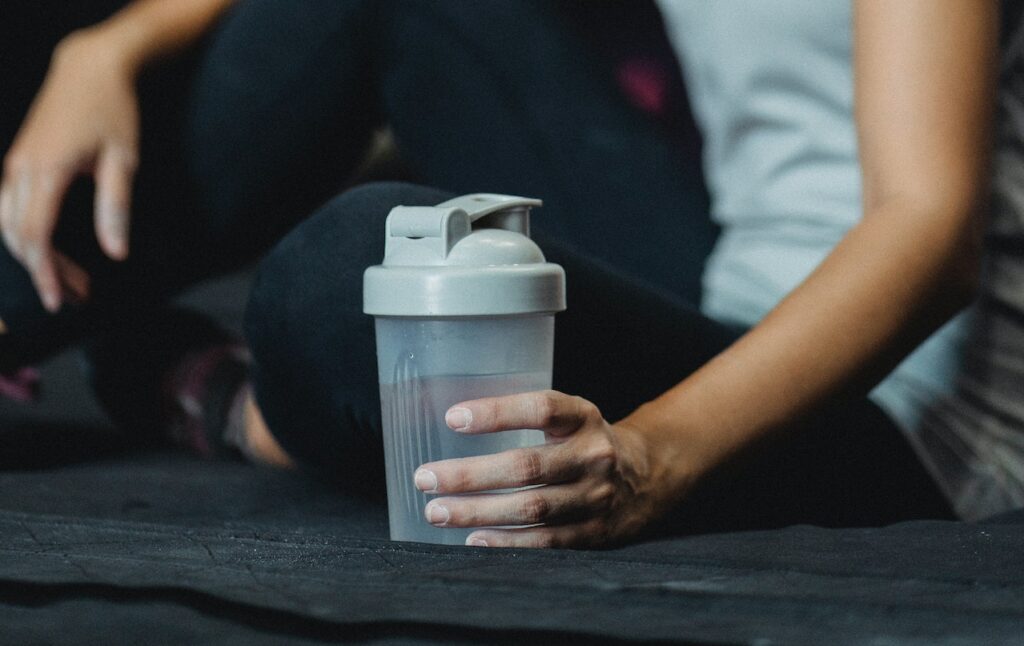Understanding the Role of Recovery in Fitness
Recovery is the secret sauce that propels muscle growth and performance enhancement. Following intense physical activity, your muscles experience microscopic tears. The recovery period is when your body repairs these tears, building stronger and larger muscles in the process. It’s essentially during this downtime that all the magic of muscle growth happens.
Moreover, adequate recovery is critical to prevent injuries. Continual straining of muscles without giving them time to repair can lead to overuse injuries, like stress fractures and tendonitis. By facilitating faster and more efficient muscle recovery, you can reduce the risk of such injuries and ensure that your fitness journey remains smooth and uninterrupted.

The Top Recovery Tools for Your Home Gym
Integrating recovery tools into your home gym can revolutionize your fitness routine. Here are some of the top recovery tools that can seamlessly be added to your home gym setup:
- Foam Rollers: Ideal for self-myofascial release, foam rollers can relieve muscle tightness and increase your range of motion.
- Massage Guns: These handheld devices can provide deep tissue massage, improving blood flow and speeding up muscle recovery.
- Resistance Bands: Not just for workouts, resistance bands can also be used for stretching exercises to enhance flexibility and aid recovery.
- Yoga Mat: Essential for performing various stretches and yoga poses that promote muscle relaxation and recovery.
- Recovery Compression Clothing: This clothing promotes better blood circulation, which can aid in faster muscle recovery.
In-depth Review of Each Recovery Tool
Each of the aforementioned recovery tools has its unique benefits, usage methods, and suitability for different individuals.
- Foam Rollers work by applying pressure to specific points on your body to aid in the recovery of muscles and return them to normal function. Regular use can improve your flexibility, reduce muscle tension, and even enhance performance.
- Massage Guns, with their percussive therapy, deliver rapid bursts of pressure into the body’s muscle tissue. This helps increase blood flow and oxygen distribution, which are crucial for muscle repair and growth. Whether you’re a seasoned athlete or a fitness newbie, this tool can be a game-changer.
- Resistance Bands are an incredibly versatile tool. When used for stretching exercises post-workout, they can aid in enhancing flexibility and improving muscle recovery.
- A Yoga Mat is more than just a comfortable surface for your workout. It’s a platform for various stretches and yoga poses that aid muscle recovery and relaxation, making it a key component of your home gym.
- Recovery Compression Clothing enhances blood flow, reduces muscle soreness, and accelerates recovery time. Whether you’re into heavy lifting, cardio, or anything in between, recovery compression clothing can make a difference in how you recover and perform.

How to Use Recovery Tools Effectively
Maximizing the benefits of recovery tools requires their correct and safe usage. Here are some tips for each:
- Foam Rollers: Don’t rush while foam rolling. Slow, controlled movements are more effective. Avoid rolling directly on joints or bones and focus on muscle groups.
- Massage Guns: Start with a lower setting, especially if you’re new to the device. Aim for sore or tight muscles, but avoid bones and tendons.
- Resistance Bands: Ensure there’s adequate tension in the band during stretches, but not so much that it causes discomfort.
- Yoga Mat: Perform dynamic stretches pre-workout and static stretches post-workout for optimal recovery.
- Recovery Compression Clothing: Wear it during workouts to reduce muscle vibration and after workouts to speed up recovery. However, don’t wear it for extended periods as it can become uncomfortable.
Post-workout and rest days are great times to use these tools, as they can help speed up recovery and prepare your body for the next workout.
Incorporating Recovery into Your Workout Routine
Recovery should be an integral part of your workout routine, not an afterthought. For example, a foam rolling session can be added to your cool-down routine post-workout. Massage guns can be used after high-intensity workouts to alleviate muscle soreness. On rest days, consider light stretching exercises using resistance bands or performing a yoga sequence for recovery.
Remember, balance is key. Ensure there’s a healthy equilibrium between your workout intensity and recovery. Pushing your body too hard without adequate recovery can lead to burnout and injuries.

The Role of Nutrition and Hydration in Recovery
What you put into your body significantly influences the recovery process. Consuming balanced meals with adequate protein helps rebuild muscle tissues, while carbohydrates replenish your energy stores. Hydration is equally critical; water plays a major role in every bodily function, including muscle recovery.
Here are some nutrition and hydration tips for recovery:
- Aim for a protein-rich snack or meal within 45 minutes of your workout.
- Stay hydrated throughout the day, not just during your workout.
- Incorporate anti-inflammatory foods like berries and fatty fish into your diet to aid muscle recovery.
